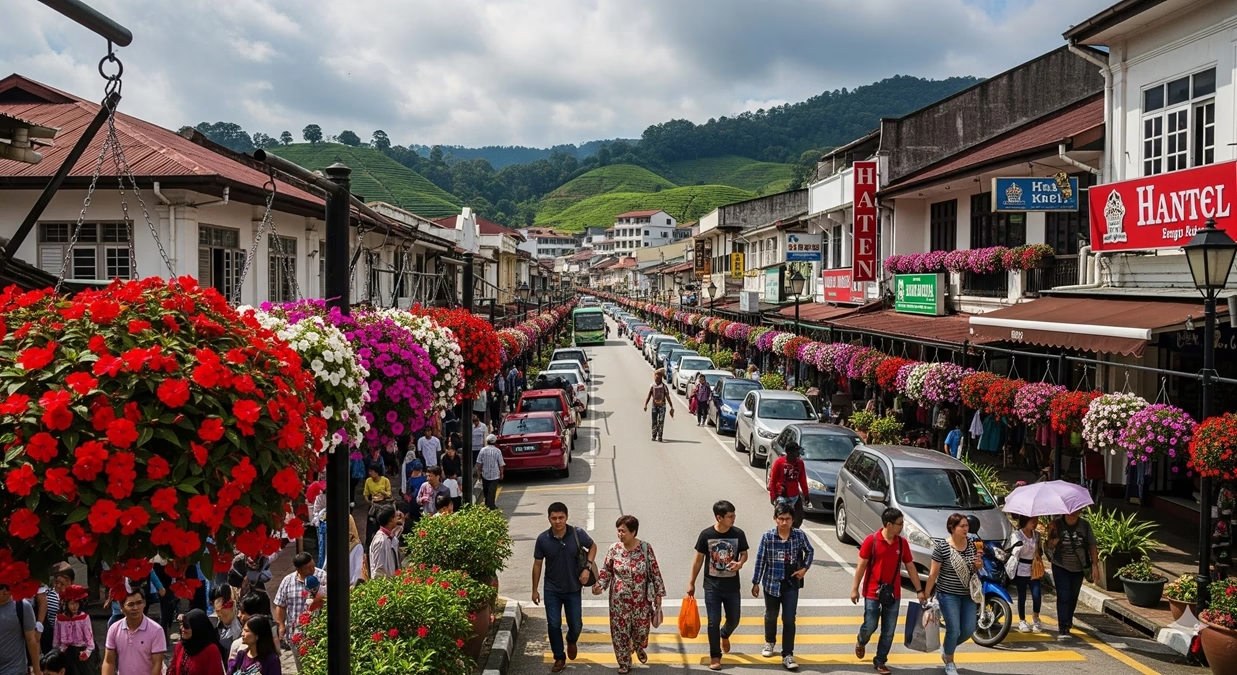Hazrat Shahjalal International Airport

Hazrat Shahjalal International Airport (IATA: DAC, ICAO: VGHS) is the largest and busiest airport in Bangladesh, located in Kurmitola, approximately 17 kilometres north of Dhaka city centre. It serves as the main international gateway to the country and is operated by the Civil Aviation Authority of Bangladesh (CAAB). The airport is the primary hub for Biman Bangladesh Airlines, US-Bangla Airlines, and Novoair, offering extensive connectivity across Asia, the Middle East, and Europe.
History
The airport began operations in 1980 as Dacca International Airport, replacing Tejgaon Airport as the city’s main air gateway. It was renamed Zia International Airport in 1983 and subsequently received its current name in 2010 in honour of the revered Sufi saint Hazrat Shahjalal. Over the decades, HSIA has undergone several modernization phases, including runway upgrades, terminal refurbishments, and the construction of the highly anticipated Terminal 3, designed to meet rising passenger demand.
Terminals
Terminal 1 & Terminal 2 (International)
- These two adjoining terminals handle international arrivals (Terminal 1) and departures (Terminal 2).
- Facilities include immigration counters, duty-free shops, lounges, currency exchange stores, restaurants, and prayer rooms.
- Terminal 2 features enhanced security screening and check-in areas.
Terminal 3 (New International Terminal)
- A state-of-the-art terminal opened in phases from 2024 onwards.
- Designed to increase airport capacity to 20+ million passengers annually.
- Features include wide check-in halls, automated baggage handling, multiple boarding gates, modern lounges, and upgraded security infrastructure.
Terminal 4 (Domestic Terminal)
- Handles all domestic flights within Bangladesh.
- Offers a compact layout with fast check-in, quick boarding, and easy terminal access.
Airlines and Destinations
HSIA hosts a wide range of international and domestic carriers. Major operators include:
- Biman Bangladesh Airlines
- US-Bangla Airlines
- Novoair
- Emirates, Qatar Airways, Etihad Airways, Saudia
- Turkish Airlines, Singapore Airlines, Malaysia Airlines
- IndiGo, Air India, Vistara
- FlyDubai, Air Arabia, Jazeera Airways
Key international destinations served from Dhaka include Dubai, Doha, Jeddah, Riyadh, Kuala Lumpur, Singapore, Istanbul, Delhi, Kolkata, Bangkok, London, and more.
Facilities and Services
Passenger Amenities
- 24/7 airport information desks
- Airport-wide Wi-Fi (free/paid zones)
- Medical emergency centre
- ATMs, banking services, currency exchange
- Baggage wrapping, lost & found, and porter services
- Child care rooms and children’s play areas
Shopping and Dining
- Duty-free stores offering perfumes, liquor, confectionery, electronics, and luxury brands
- Local souvenir shops featuring Bangladeshi textiles and handicrafts
- International fast-food chains, cafes, and traditional eateries
Lounges
- Balaka Executive Lounge (Biman Bangladesh Airlines)
- Airline-operated premium lounges
- Priority Pass & LoungeKey support in selected lounges
Transportation and Access
Road Connectivity
The airport sits alongside major traffic corridors including Airport Road, with easy access to central Dhaka, Uttara, Gulshan, Banani, and Bashundhara.
Taxi & Ride-Hailing
- Official metered taxis are available outside the terminal.
- Ride-hailing services such as Uber, Pathao, and Shohoz operate commonly.
- Prepaid taxi counters ensure fixed and reliable fares.
Public Bus Services
Multiple buses (AC and non-AC) serve the airport area, offering affordable connectivity to major parts of the city.
Rail Connectivity
The nearby Airport Railway Station provides commuter and intercity train access, connecting Dhaka with other regions of Bangladesh.
Parking
HSIA offers:
- A multi-level car parking facility near the terminals
- Long-term and short-term parking zones
- VIP parking areas
- Electric vehicle charging stations (select locations)
Parking fees vary based on duration and vehicle type.
Cargo Operations
The airport is the primary air cargo hub in Bangladesh, supporting industries such as:
- Textiles and garments
- Pharmaceuticals
- Seafood and agricultural goods
It features dedicated cargo terminals, cold storage facilities, and operations by major carriers such as Qatar Airways Cargo, Emirates SkyCargo, and Turkish Cargo.
Expansion and Future Projects
HSIA is undergoing major modernization as part of its long-term master plan:
- Full commissioning of Terminal 3
- Enhanced runway and taxiway networks
- New aircraft parking bays
- Expanded cargo village and logistics hub
- Upgrades to air traffic control systems
- Improved public transport integration, including future Dhaka Metro Rail connectivity
These projects aim to elevate HSIA to the standards of leading global airports.
How to Reach the Airport
From Dhaka City Centre
- By Car/Taxi: 30–90 minutes (traffic-dependent)
- By Bus: Frequent services via Uttara–Airport Road
- By Train: From Airport Railway Station, 5–10 minutes from the terminal
- By Ride-Hailing: Convenient and widely used
Tips for Travellers
- Arrive 3 hours before international flights and 1.5 hours before domestic flights.
- Expect longer queues during Ramadan, Eid, and Hajj season.
- Keep small currency notes handy for porters and minor services.
- Use ride-hailing apps for reliable and transparent pricing.
See Also
- Biman Bangladesh Airlines
- Shah Amanat International Airport
- Osmani International Airport
- Civil Aviation Authority of Bangladesh
Conclusion
Hazrat Shahjalal International Airport stands as the primary aviation gateway to Bangladesh, playing a pivotal role in connecting Dhaka with major destinations across Asia, the Middle East, and Europe. With the ongoing expansion of Terminal 3 and continuous upgrades to its infrastructure, the airport is rapidly evolving to meet global standards of passenger comfort, efficiency, and safety. As air travel demand grows, HSIA’s modernization projects, improved services, and expanded airline network position it as a vital hub for both domestic and international travellers. Its strategic development ensures that the airport will continue to support Bangladesh’s economic growth and enhance its connectivity with the world.







Comments are closed.